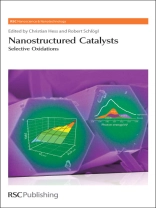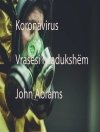The book gives a comprehensive up-to-date summary of the existing information on the structural/electronic properties, chemistry and catalytic properties of vanadium and molybdenum containing catalysts. It discusses the importance of nanoscience for the controlled synthesis of catalysts with functional properties and introduces the necessary background regarding surface properties and preparation techniques, leading from a textbook level to the current state of knowledge. Then follows an extensive survey and analysis of the existing open and patent literature – an essential knowledge source for the development of the new generation of partial oxidation catalysts. Important examples from current research on partial oxidation reactions are reviewed from experts in the field. The next chapter discusses the importance of 2- and 3-dimensional model systems for a fundamental understanding of the structure of transition metal oxide catalysts and its correlation to reactivity. Finally, an outlook on research opportunities within the area of partial oxidation reactions is presented.
İçerik tablosu
Introduction;
Surface properties of transition metal oxide catalysts;
Preparation of transition metal oxide catalysts;
Catalysis by transition metal oxide catalysts;
Models catalysts for oxide-catalyzed selective oxidation reactions;
Outlook
Yazar hakkında
Professor Schlögl is Director at the Fritz Haber Institute of the Max Planck Society since 1994












